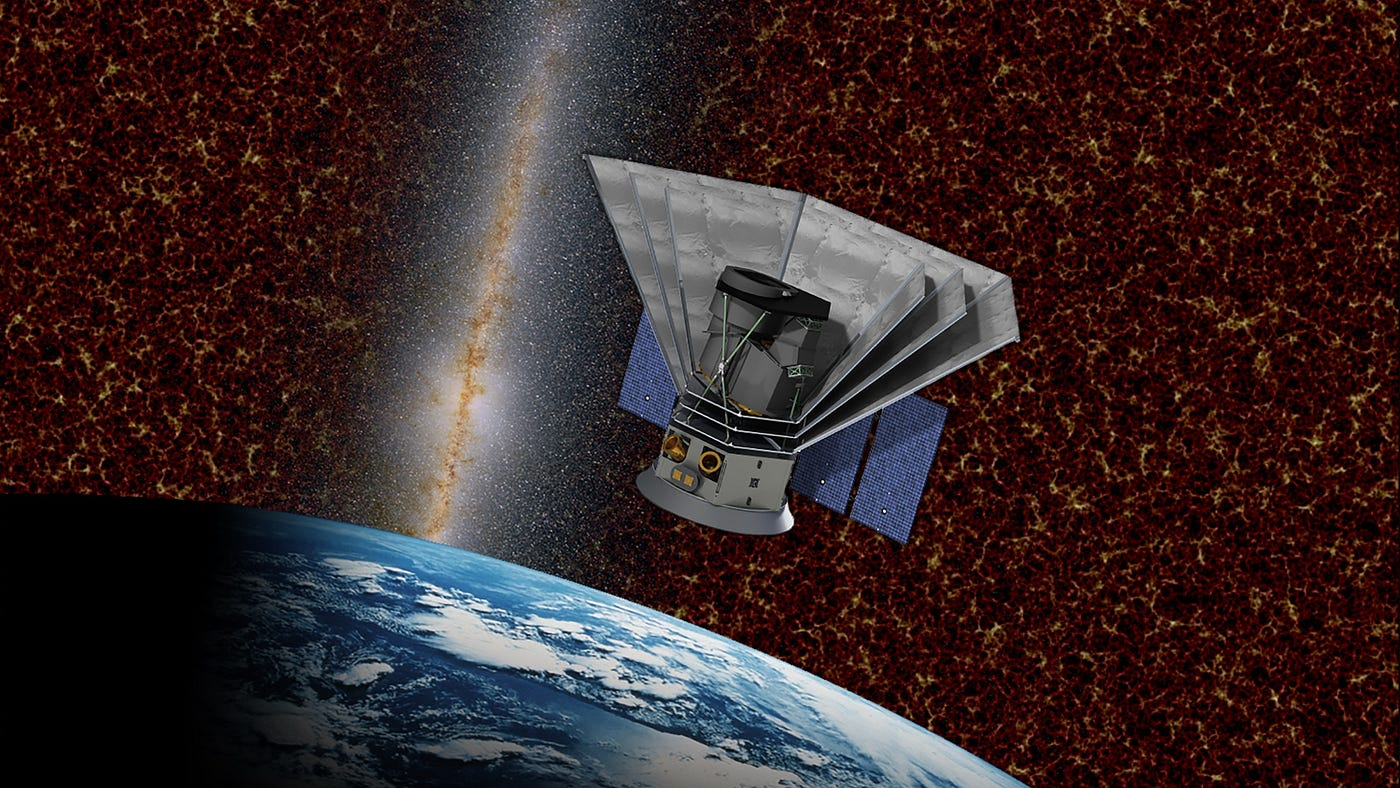zoomacademia.com – Speed is a concept that transcends mere motion; it encompasses a blend of physics, biology, and engineering that fuels everything from the movement of celestial bodies to the swift reflexes of athletes. Understanding speed requires delving into the principles that govern it and the myriad ways it manifests in our world. This article explores the scientific underpinnings of speed, shedding light on its physical laws, biological adaptations, and technological applications.
The Physics of Speed
At its core, speed is defined as the rate at which an object covers distance. Mathematically, it is expressed as:
Speed = Distance / Time
This seemingly simple equation belies the complex phenomena that influence speed in various contexts. For example:
- Newtonian Mechanics: Newton’s laws of motion describe how forces interact to produce acceleration, which in turn affects an object’s speed. For instance, the force applied to a car’s engine determines how quickly it accelerates from a standstill.
- Relativity: At speeds approaching the speed of light (299,792,458 m/s), Einstein’s theory of relativity takes precedence. Time dilation and length contraction become significant, challenging our intuitive understanding of motion.
- Aerodynamics: For objects moving through a fluid medium (air or water), factors such as drag, lift, and thrust play critical roles in determining achievable speeds. These principles are crucial for designing high-speed vehicles like airplanes and rockets.
Biological Perspectives on Speed
In the natural world, speed can mean the difference between survival and extinction. Evolution has equipped various species with remarkable adaptations for speed, optimized for their ecological niches.
- Cheetahs: Renowned as the fastest land animals, cheetahs can reach speeds up to 70 mph (113 km/h) in short bursts. Their adaptations include a lightweight frame, elongated limbs, and specialized muscles for explosive acceleration.
- Birds in Flight: The peregrine falcon holds the record for the fastest animal, capable of diving at speeds exceeding 200 mph (322 km/h). Its streamlined body and robust cardiovascular system enable this feat.
- Human Athletes: In humans, speed is a product of genetics, training, and biomechanics. Sprinters like Usain Bolt achieve exceptional speeds through optimized muscle fiber composition, efficient stride mechanics, and rigorous training.
Technological Innovations Driving Speed
The quest for speed has spurred countless technological advancements, from transportation to computing.
- Transportation:
- Land: High-speed trains like Japan’s Shinkansen and France’s TGV exemplify engineering marvels that minimize friction and optimize aerodynamics.
- Air: Supersonic jets and space shuttles push the boundaries of speed by overcoming atmospheric resistance.
- Computing:
- Processing speeds in modern computers are measured in gigahertz (GHz), signifying billions of operations per second. Quantum computing promises even greater leaps, harnessing the peculiarities of quantum mechanics.
- Sports Technology: Advances in materials science have led to lighter, stronger equipment, enabling athletes to achieve faster times and better performance.
The Future of Speed
As we look to the future, humanity’s pursuit of speed continues unabated. Projects like the Hyperloop aim to revolutionize ground travel with near-supersonic speeds, while advancements in propulsion technology hint at the possibility of interstellar exploration. In computing, the advent of artificial intelligence and machine learning accelerates not just processing speeds but also the pace of innovation itself.
Understanding and harnessing speed remains a cornerstone of progress, driving us toward a future where time and distance become increasingly negligible barriers.
Conclusion
Speed is more than a measure of motion; it is a testament to the intricate interplay of forces, adaptations, and innovations. From the sprinting cheetah to the soaring rocket, speed captivates the imagination and challenges the limits of what is possible. As science continues to unravel its mysteries, speed will undoubtedly remain a symbol of progress and possibility.







